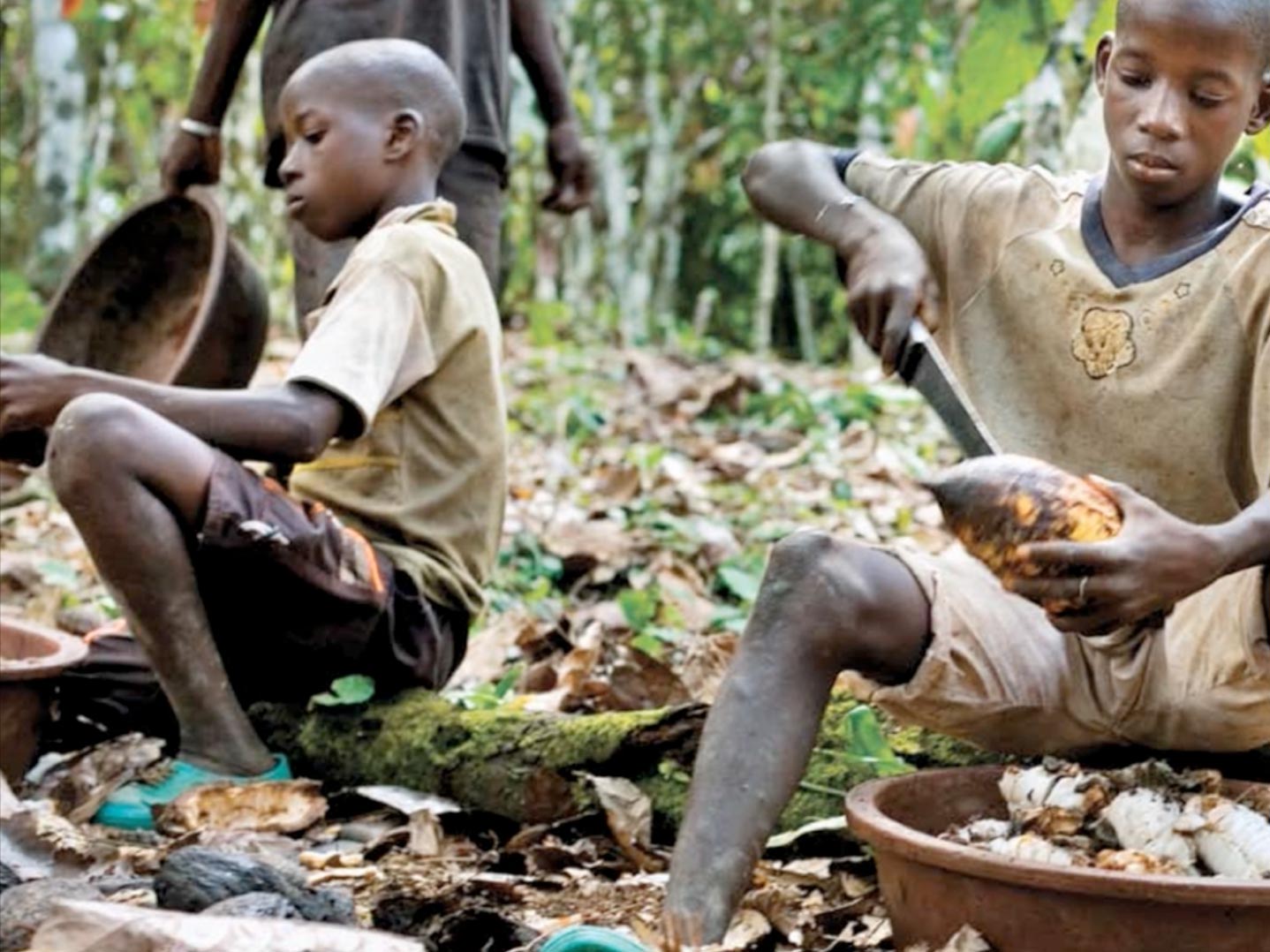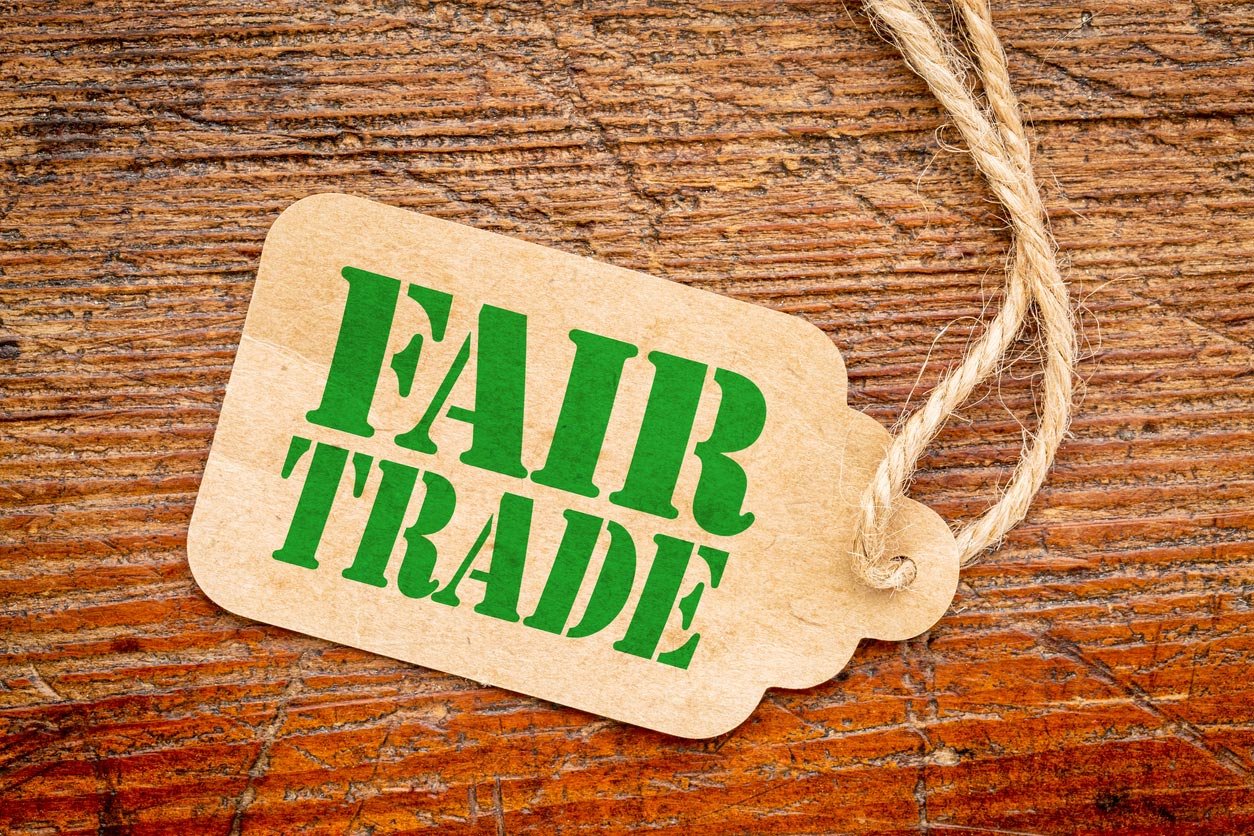Few foods generate as much passion as chocolate. Perhaps it was inevitable with a plant given the scientific name of Theobroma (Greek for “food of the gods”) cacao.
These days we may still consider chocolate to be a heavenly substance, but we consume far more of it, in vastly different ways, than the ancient Mesoamericans who first harvested and prepared it. And this, of course, has health consequences.
Is chocolate bad for you? Should you limit your consumption, or try to get it out of your diet altogether? Or is it actually a health food?
And what about reports of child labor, slavery, extreme poverty, and environmental degradation related to the chocolate trade? Is it possible to obtain “guilt-free” chocolate? If so, how can you tell which chocolate products contribute to the welfare of chocolate farmers and their communities?
A Brief History of Chocolate
The Theobroma cacao tree is native to Central and South America. The Azteks believed that the seeds were gifts from Quetzalcoatl, god of wisdom. For several centuries in premodern Latin America, cacao beans were considered valuable enough to be used as currency. Both the Mayans and the Aztecs believed the cacao bean had magical properties, suitable for use in the most sacred rituals of birth, marriage, and death.
For much of its history, chocolate was served as a bitter drink, either heated or fermented into alcohol. When Columbus introduced cacao beans to European high society following his return from the Americas, it started a cacao craze that led to European colonization and enslavement of large areas of Mesoamerica and West Africa in the rush to grow and control cacao plantations.
The industrial revolution in 19th century Europe applied new methods to chocolate production. Alkalizing salts reduced bitterness. The “Dutch cocoa” process separated cocoa butter from the liquor and made it easier and cheaper to produce in large quantities. In the US, early 20th century inventors and entrepreneurs Milton Hershey and Franklin Mars turned chocolate from a local, artisanal product into a mass-produced industrial foodstuff. Hershey’s milk chocolate in particular, combined with epic amounts of sugar, was sweet enough to convert an entire nation into chocoholics.
These days, Americans consume about $18 billion worth of chocolate each year, for an average of just under 10 pounds per person. And keep in mind that’s just an average: some people abstain, so there are folks who eat way more than that!
There’s no question that chocolate can be delicious – but what about its effects on your health?
After everything you’ve read and heard, you may not believe it – but chocolate has gotten an unfair bad rap. People say it causes acne; that you should eat carob instead; that it’s junk food. But these accusations are not only undeserved and inaccurate, they falsely incriminate a delicious food that turns out to have profoundly important healing powers.
The Unhealthy Side of Chocolate

Why, then, has chocolate gotten such a bum reputation? Most commercial chocolate is paired with some unsavory characters. First and foremost, of course, is sugar. Now I’m sure you don’t need another lecture on the dangers of excess sugar consumption. But if you wanted to become obese and dramatically raise your odds of developing diabetes, heart disease, cancer, and Alzheimer’s disease, foods high in sugar (including high fructose corn syrup) are just the ticket. And some commercial chocolates contain more sugar than chocolate!
Does chocolate contribute to acne? The milk in milk chocolate has been shown to do so, but I’ve not seen any evidence incriminating dark chocolate.
The Social Impact of Chocolate

OK, so high quality dark chocolate eaten in moderation might boost your health. But what about the health of the planet, and the welfare of people involved in the chocolate trade?
Cacao plantations take a long time to set up; a cacao tree doesn’t produce seeds until its third or fourth year, and can produce for up to 40 years. In West Africa, forests are being cut down to make room for more cacao plantations. This leads to cascading environmental catastrophes, including local effects like habitat loss, diversity loss, and desertification, as well as global effects on climate from the release of carbon into the atmosphere.
Also, cacao farming in West Africa relies heavily on dangerous petrochemicals which further degrade soil and water quality.
But the impact of modern cacao production doesn’t just impact the environment. It impacts people, too.
Remember how, when European colonizers set up cacao plantations in West Africa and Mesoamerica, they enslaved local populations to make their operations more cost-effective? Well, that never actually went away.
Most of the world’s chocolate comes from West Africa. Many of the farmers in this region are paid stunningly little for their harvest, and can’t afford to pay workers a living wage. The result is that labor conditions on West African cacao farms are notoriously deplorable, and child labor is still used widely.
What You Can Do

Want to eat chocolate that’s free from this kind of brutality? Step #1 is to only buy chocolate that is fair trade certified. This means that a third-party is monitoring and certifying that farmers were paid decently. While it could be better enforced and not all fair trade certification systems are foolproof, fair trade is a major step in the right direction.
Organic certification helps, too. The most egregious labor conditions are found in West Africa. Almost all the world’s organically grown chocolate comes from Central and South America, where conditions are less exploitative. So organically grown chocolate has the advantage of being grown without the use of synthetic pesticides or fertilizers, and it also generally comes from regions where the workers are treated better.
Adapted from Food Revolution
